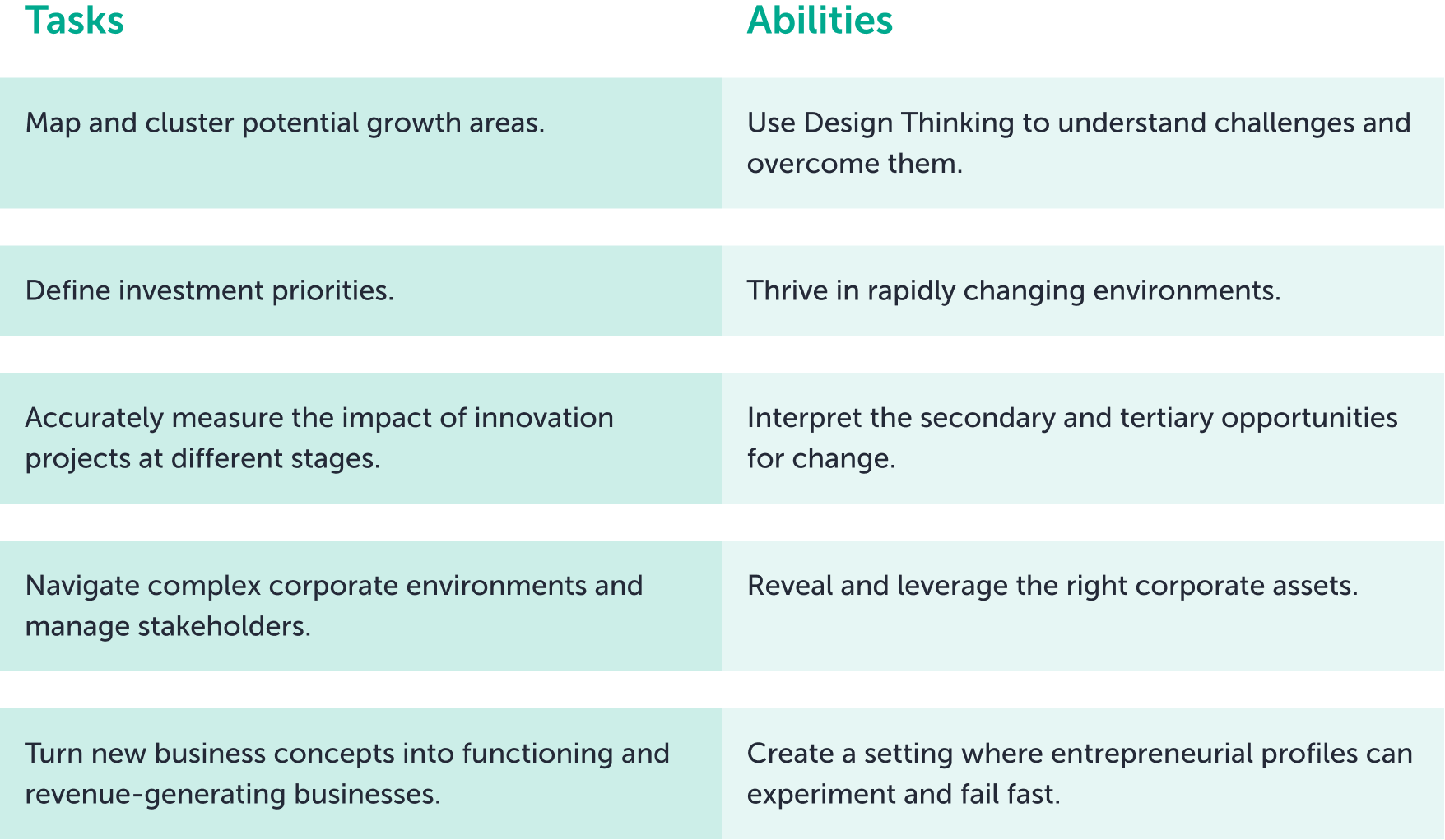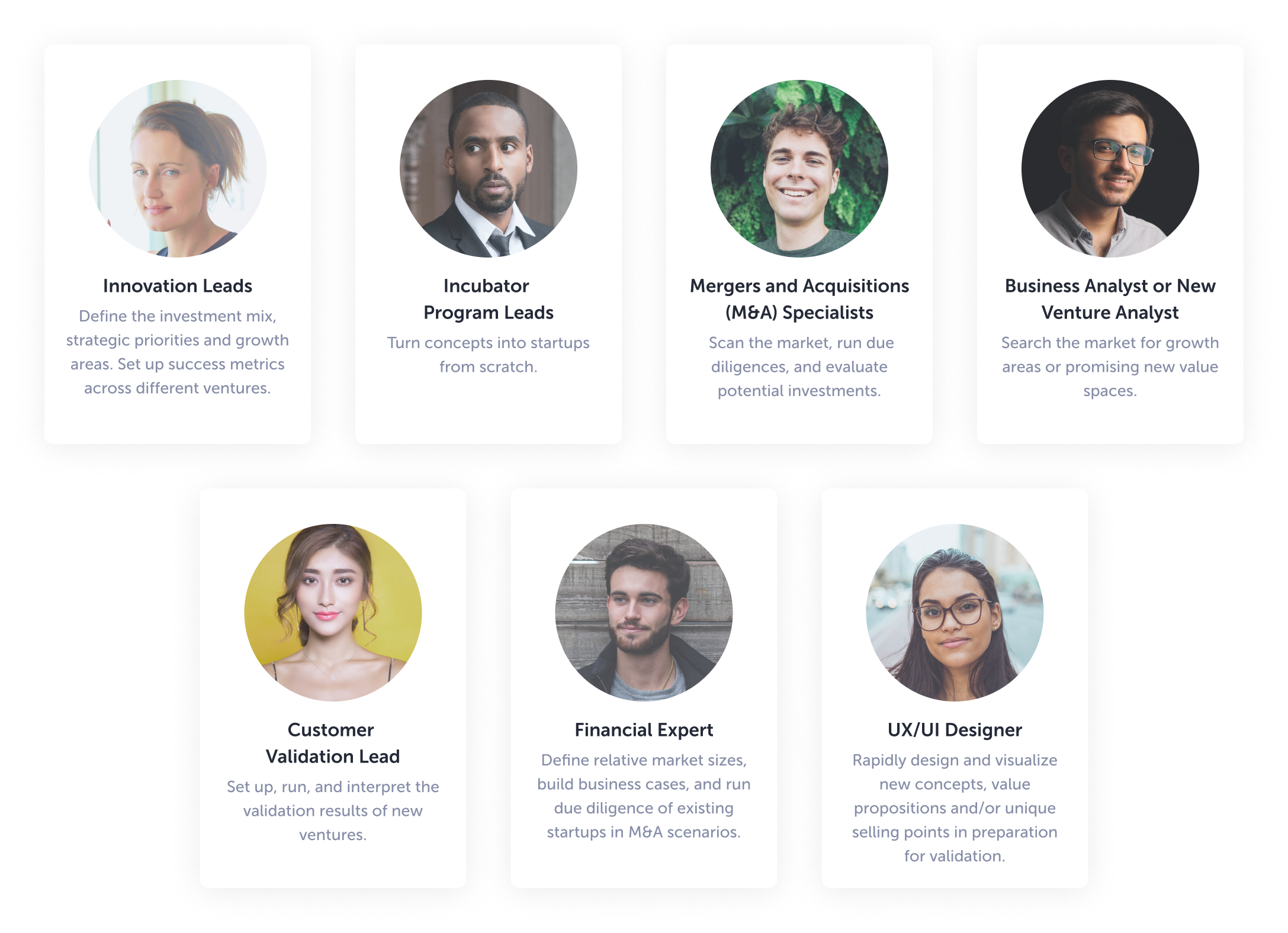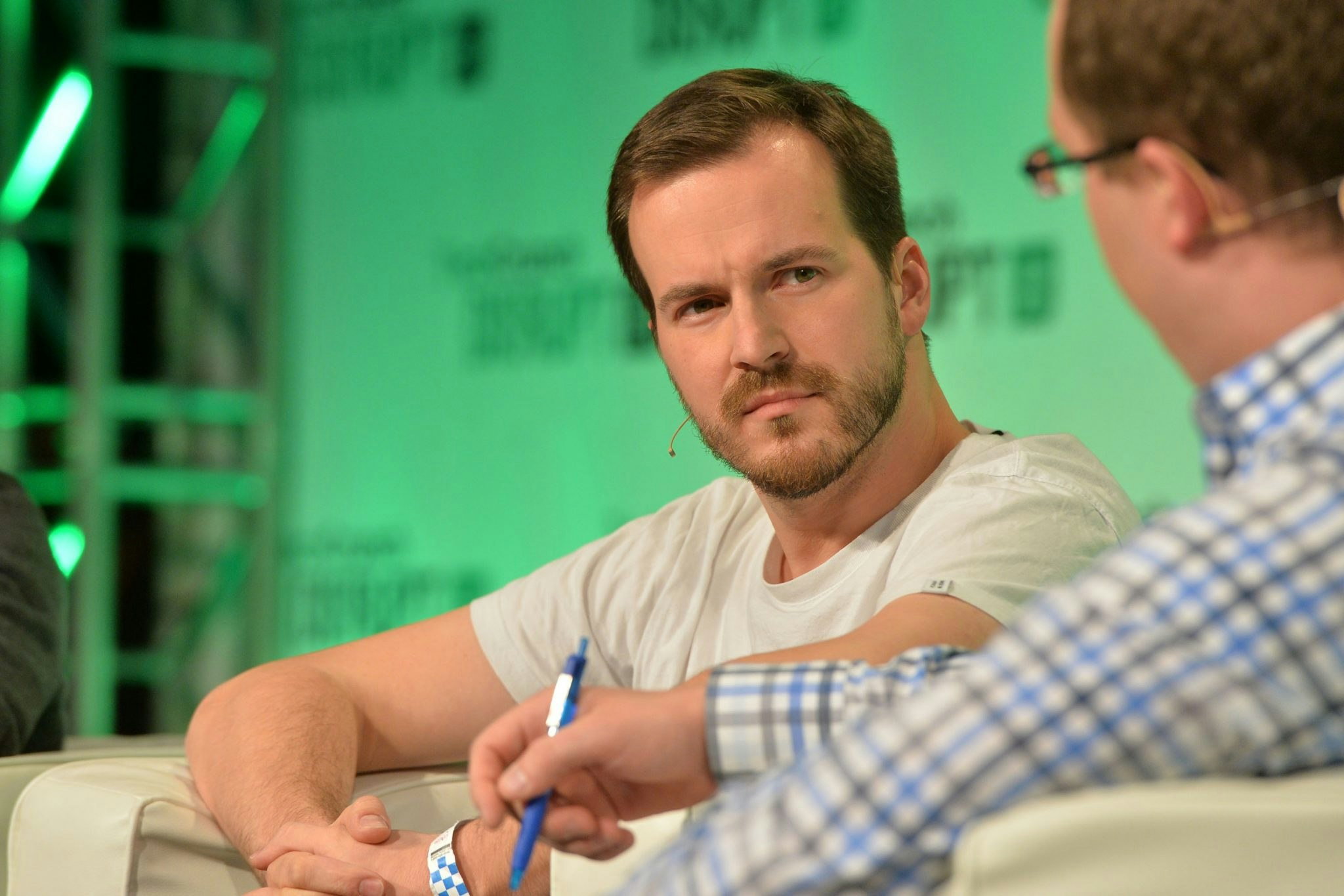With the corporate landscape moving faster than ever — just look at the past 6 months for starters — a growing number of chief executives are hiring innovation teams. It makes sense to build up in-house capability to develop new business models and enter new markets.
But hiring an innovation leader and team is unlike hiring for other roles– they’re a completely different breed.
They are someone that can traverse the maze of corporate efficiency–see the big picture and play the chess game required to get things done–and, at the same time, have their hands inside all of the new ventures being created, be they corporate startups, acquisitions, or partnerships.
You’re looking for an entrepreneur with an accurate GPS of the corporate world.
Finding these profiles can be tricky because of their unique and diverse background, and the fact that many of the required skills are not taught at school, they come from experience.
Getting it wrong could also have detrimental consequences. An entrepreneur unused to navigating around extensive corporate bureaucracy can end up not building the right relationships to gain access to vital corporate assets. On the other hand, an innovation lead who has never worked in a startup environment will struggle with normalising failure as part of the process, and ultimately be too cautious.
How to do it
Over the years of helping companies hire for this role, we’ve picked up some insights and practices that might help.
Start by constructing a job description for your innovation lead, including these basics:

Recruitment in reality
Then you want to evaluate whether your candidates can really deliver. Throughout the process we test and challenge candidates for both their entrepreneurial skills and the ability to deal and cope with change. It’s also critical to make it clear to all candidates that the role is part of a large corporate and the challenge will be to navigate and manage important stakeholders.
This is a five-part challenge that we have developed over the years based on recruitment tracks at multiple corporations:
- Adept at identifying new growth opportunities.
In this part of the challenge, candidates are asked to identify and pitch two to three promising new potential growth areas, assuming these ventures would be launched within the next three years. Part of the pitch includes an explanation of the value propositions within each growth area and how they will benefit the company in the long run.
- Effective at finding customer validation.
Candidates then need to describe the tactics they’d use to validate a mock digital platform e.g. a subscription service that uses IoT sensors to monitor smart devices and manage energy usage in homes. And, assuming the following goals and parameters:- Feedback from fifty to one hundred potential future customers.
- A non-people budget (e.g. media, UX/UI Design, give-aways) of max 5.000 euros.
- A deadline of three weeks.
- Structured in facilitating design sprints.
We then ask them to proceed as if they had just completed the validation task described above and are ready to update the product based on key validation insights.The task consists of creating a detailed 3-day Design Sprint agenda and building a hypothetical team with the skills and competencies to move that agenda forward successfully. - Experienced in building a business case.
This is a continuation of the previous two challenges. Candidates are asked to create a pitch with the ultimate goal of gaining corporate support and unlocking the funding they needed to take the project to the next level. - Knowledgeable of growth marketing.
Finally they need to describe the growth hacks they would use to accelerate a go-to-market strategy for a recently launched Alpha product. This includes a detailed description of how they would get their first 1000+ users in a month and the resources required to achieve that goal (e.g. people, budget, etc.).
Challenges like these can give you a great sense for a candidate’s resourcefulness, creativity and specific abilities in areas like growth marketing and customer validation. In most cases, we add an eight-hour time limit to assess a candidate’s agility and ability to think on their feet.
Mixing the right profiles
Beyond the Innovation Lead, you need to have an objectives-based team to carry out your corporate goals. The industry-standard model of approaching this was created by McKinsey. We’ve adapted it to structure innovation teams:


Your corporate innovation team needs to be filled with various complementary profiles:
Additionally, many corporations have a team of intrapreneurs with a mixed skillset to help bring ventures to launch and to act as an interim startup team before recruitment takes place.
5 essential tips to build the right team
Here are some final insights we’ve gained that will help you build the right innovation team for your corporation:
- Buy-in — Managing corporate stakeholders and creating enthusiasm around new ventures is no easy feat. The leader you hire has to do this effectively to access the needed resources.
- Results-driven — Their overall effort goes well beyond inspiring business pitches to the board. At the end of the day, your team needs to deliver. In a practical sense, they need to go out and talk to consumers, validate concepts, and iterate quickly towards value.
- Corporate assets — The key that unlocks corporate innovation is the effective leverage of corporate assets. Without it, your competitive advantage diminishes. The ability to persuade the rest of the business to support the new ventures is non-negotiable for your leader as it significantly increases the success rate of new ventures.
- Innovation theatre — Avoid it at all costs. Make sure your team has clear KPIs and growth milestones. Otherwise, it often devolves into “innovation theatre”, with no tangible results.
- Dedication wins — It’s better to work with a small team that is 100% dedicated than it is to work with bigger teams that are only partially involved in the process. Ownership and responsibility needed to get your projects moving forward.
A solid innovation lead has become one of the most sought after roles in the world today, and recruiting them is quite different from other traditional roles.
Getting this right will make all the difference in keeping your corporation on the forefront of its industry. The effort will pay dividends, literally.


